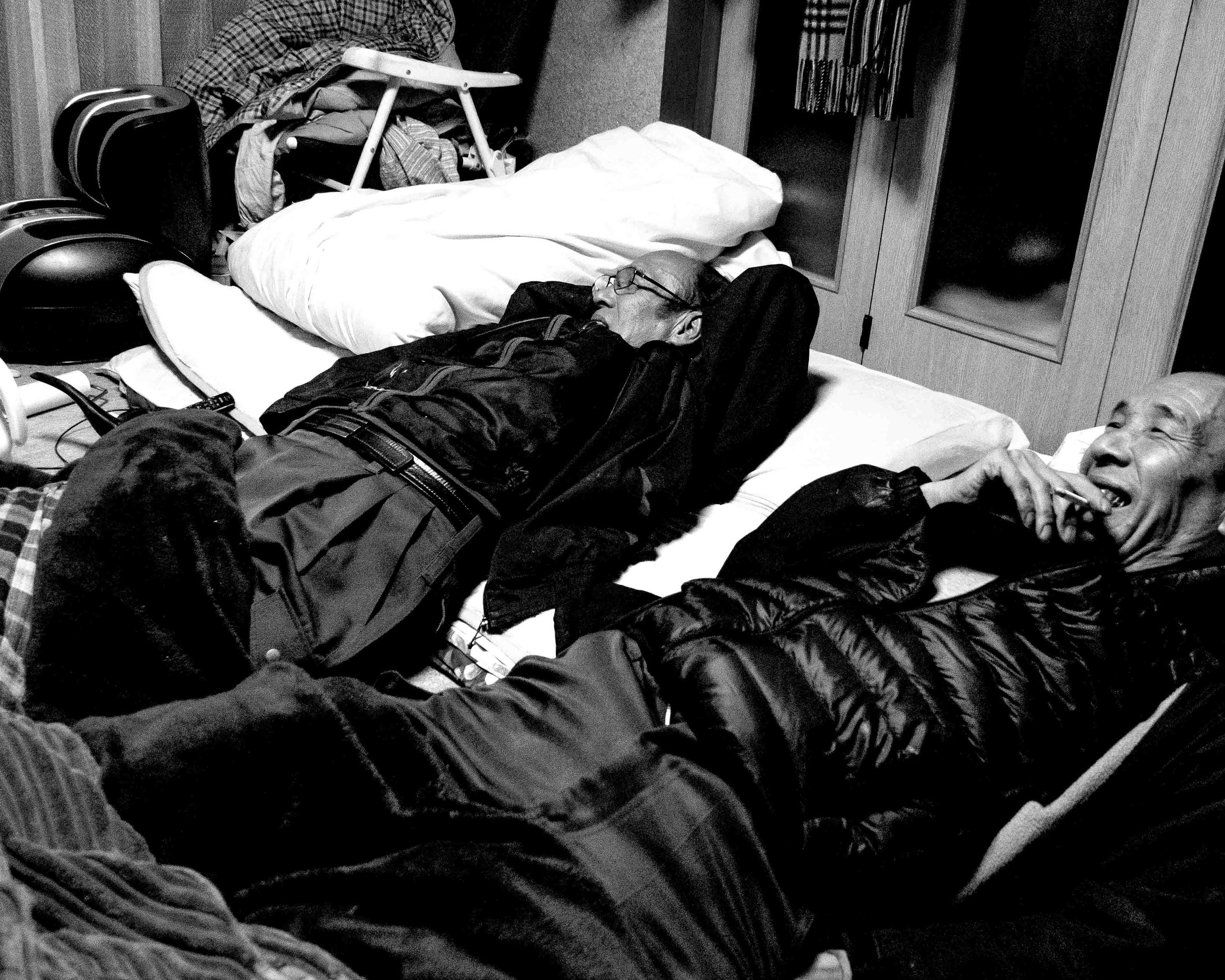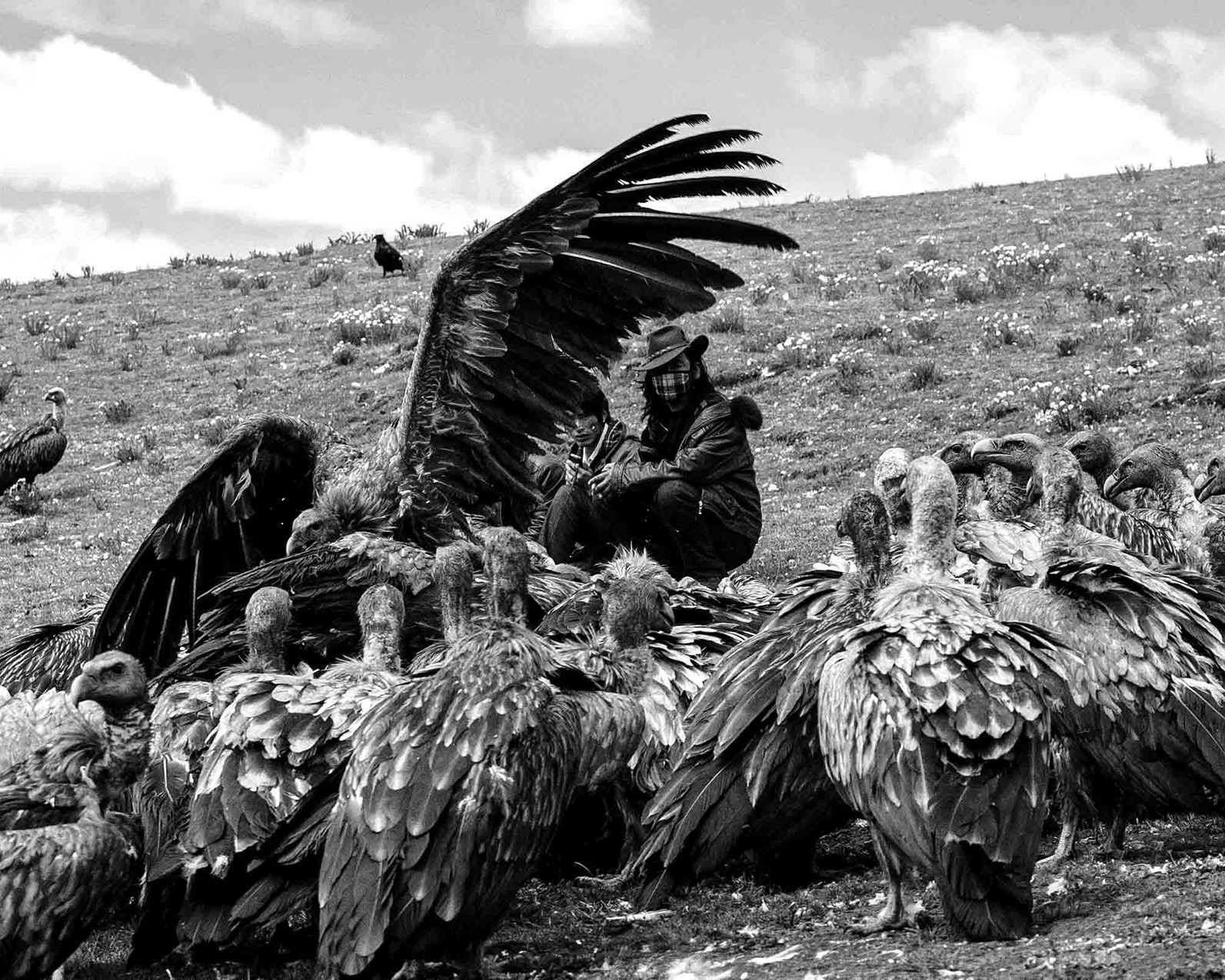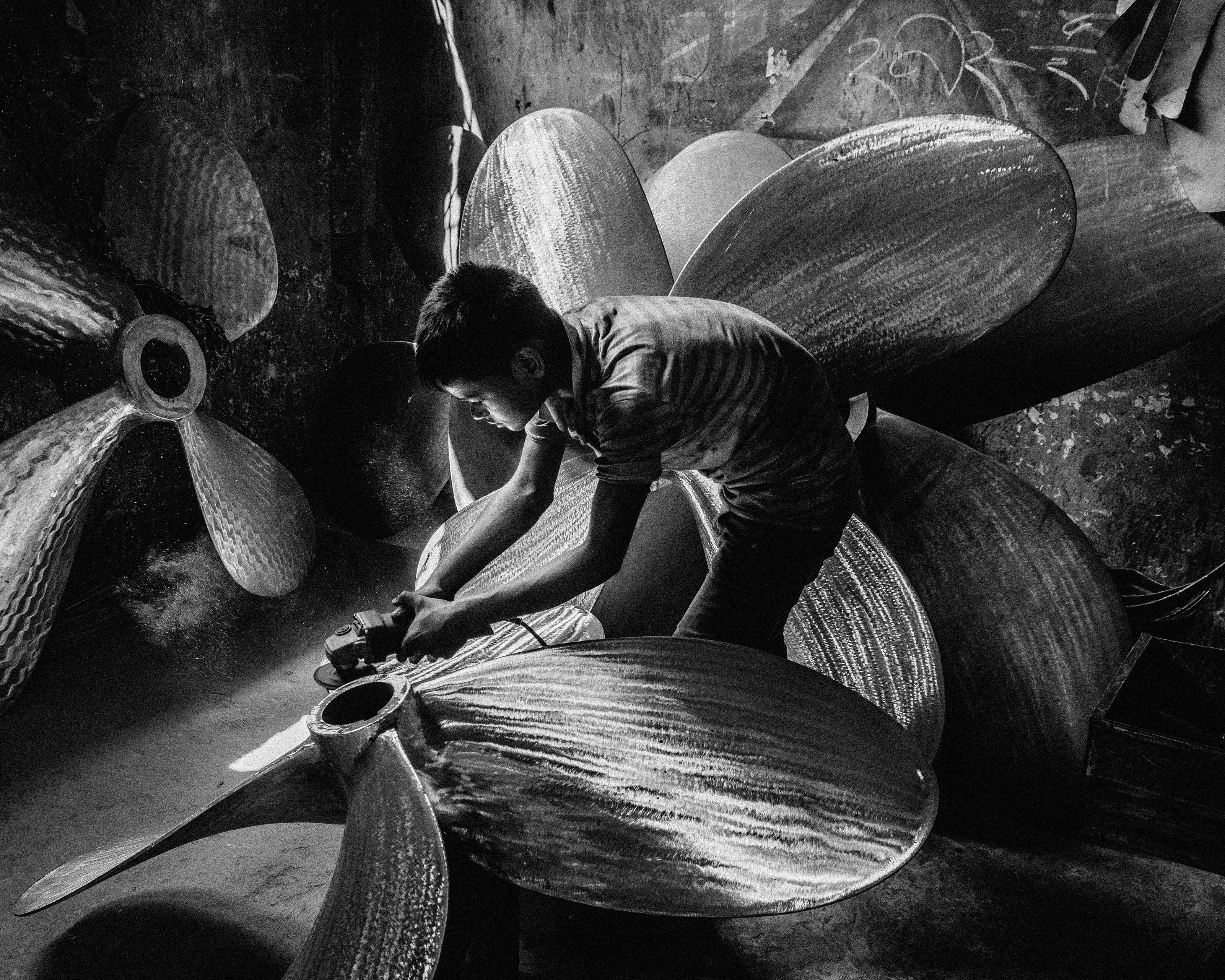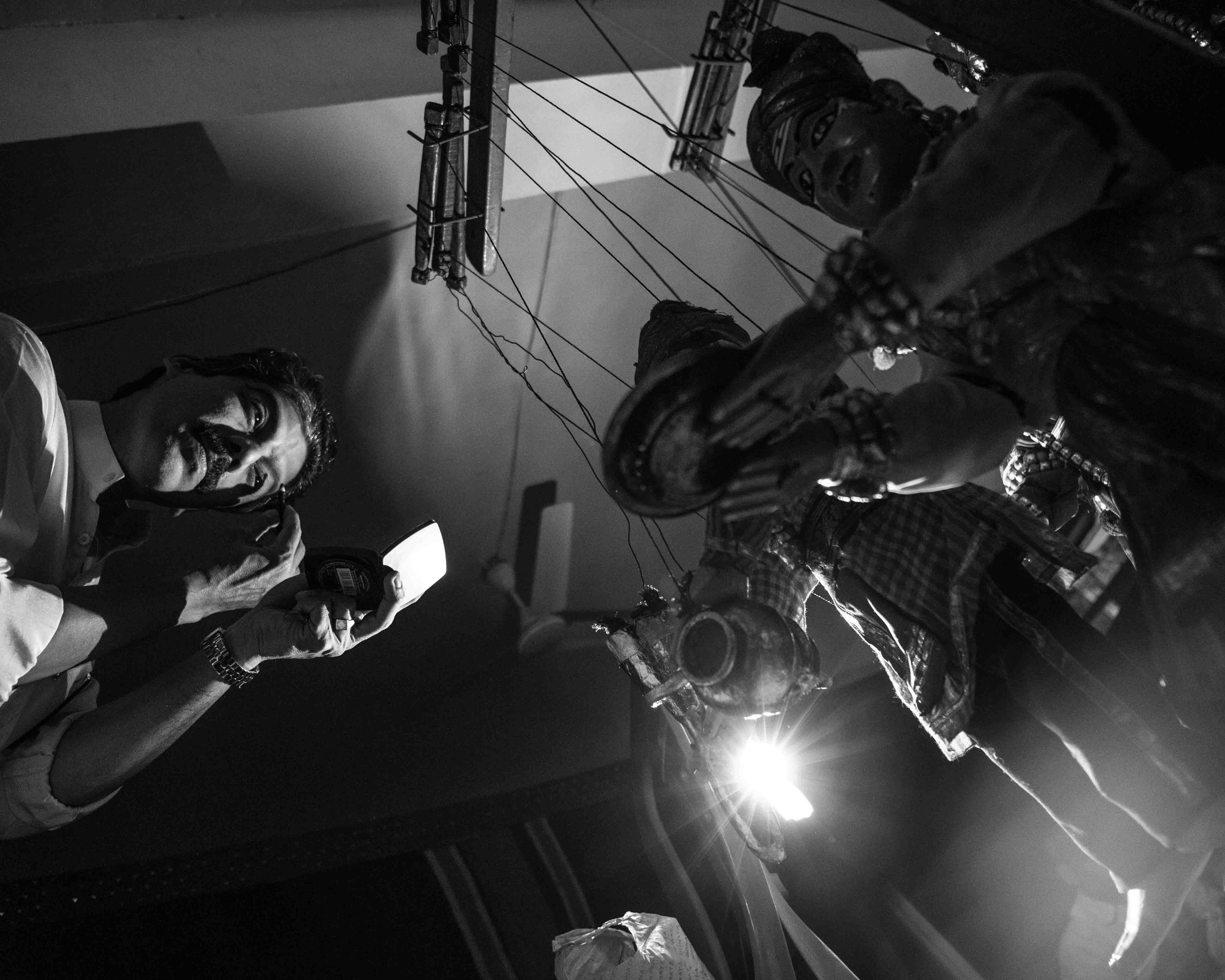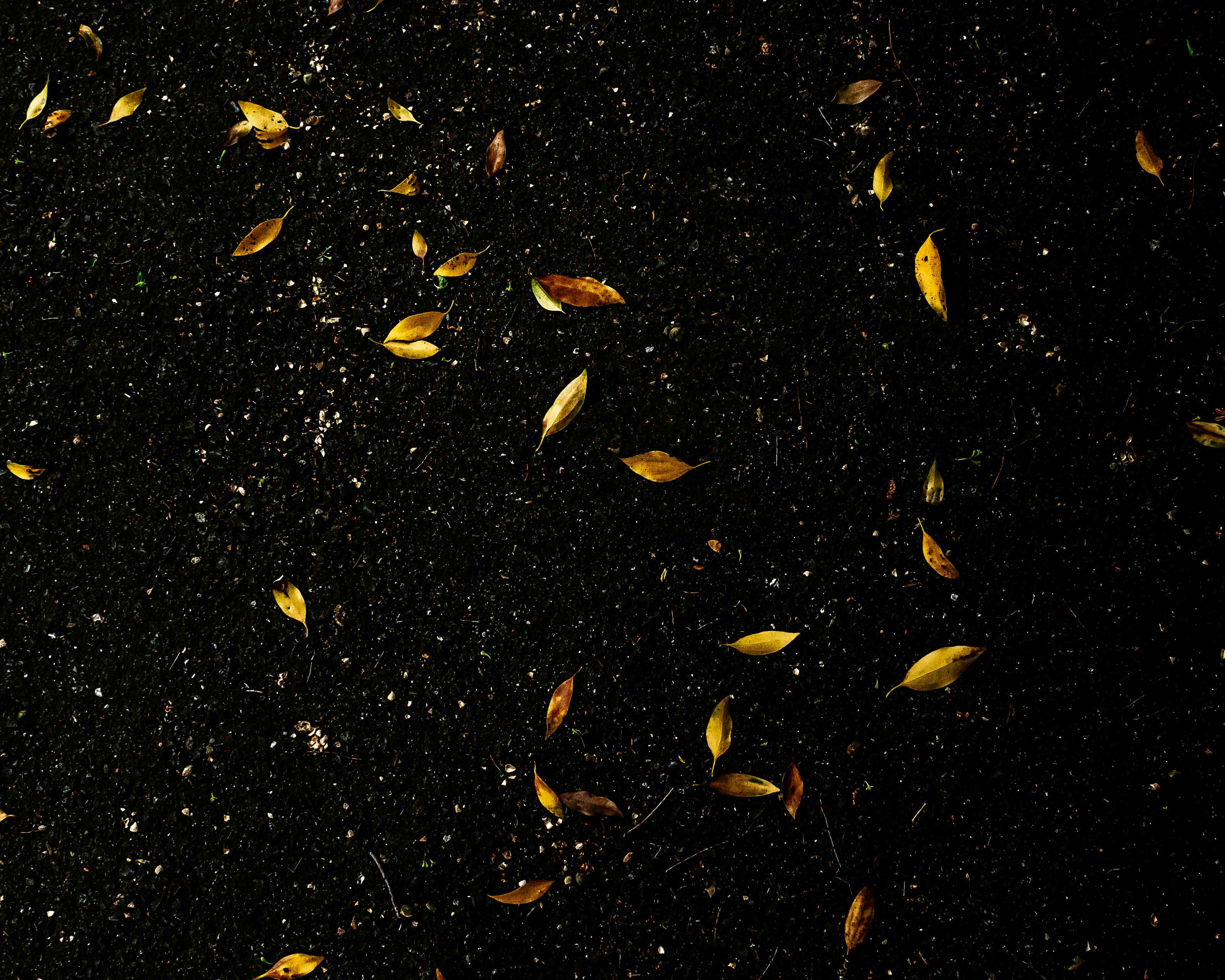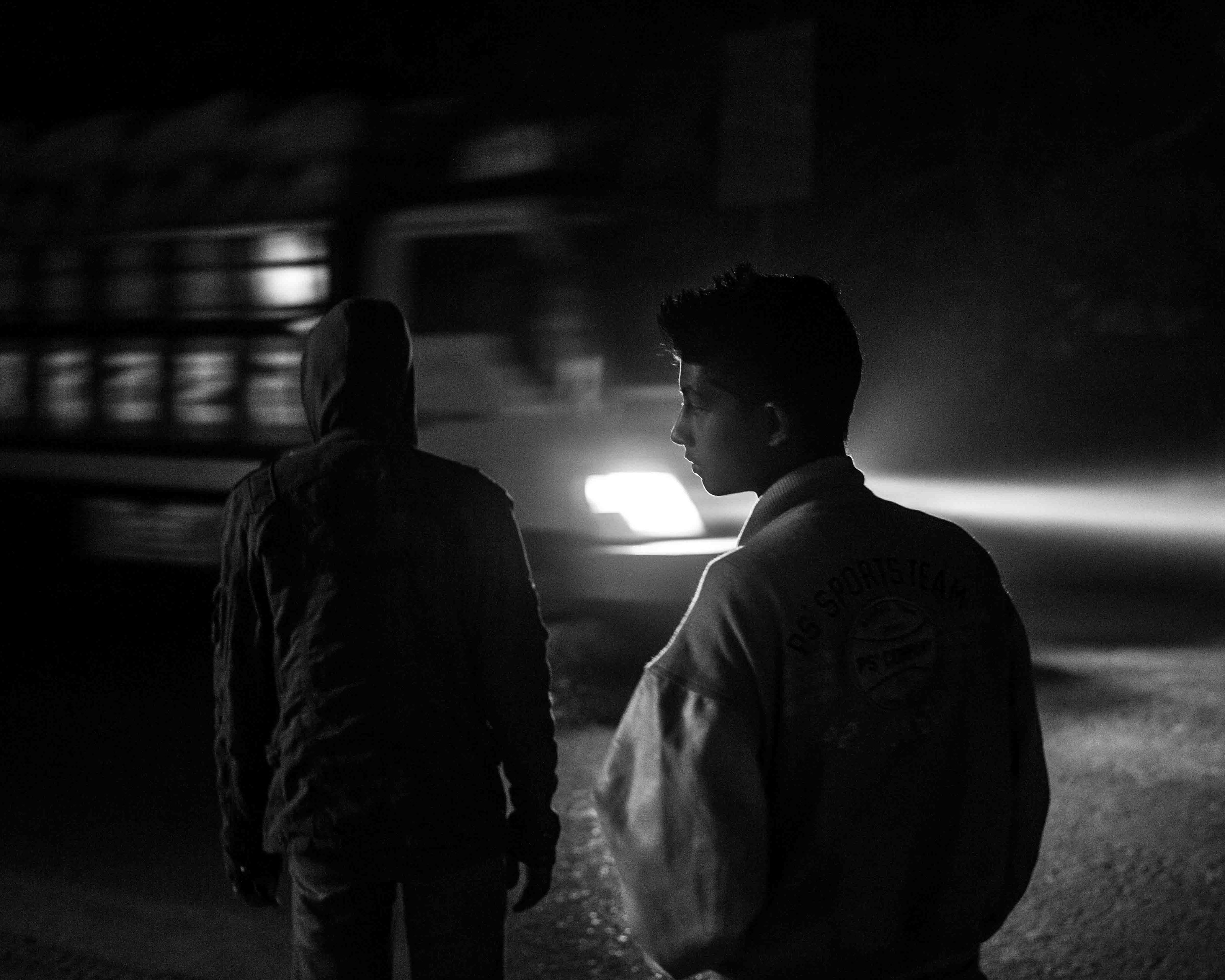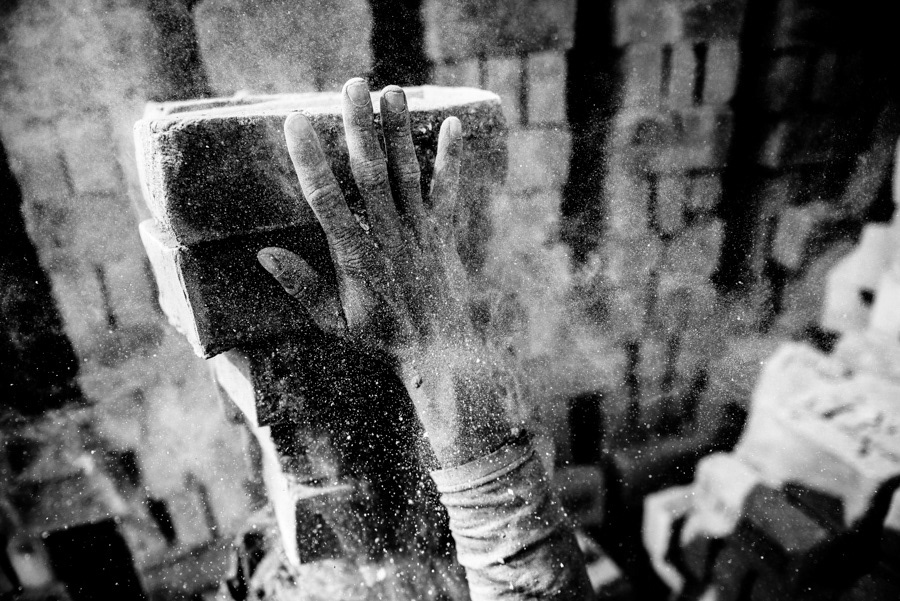

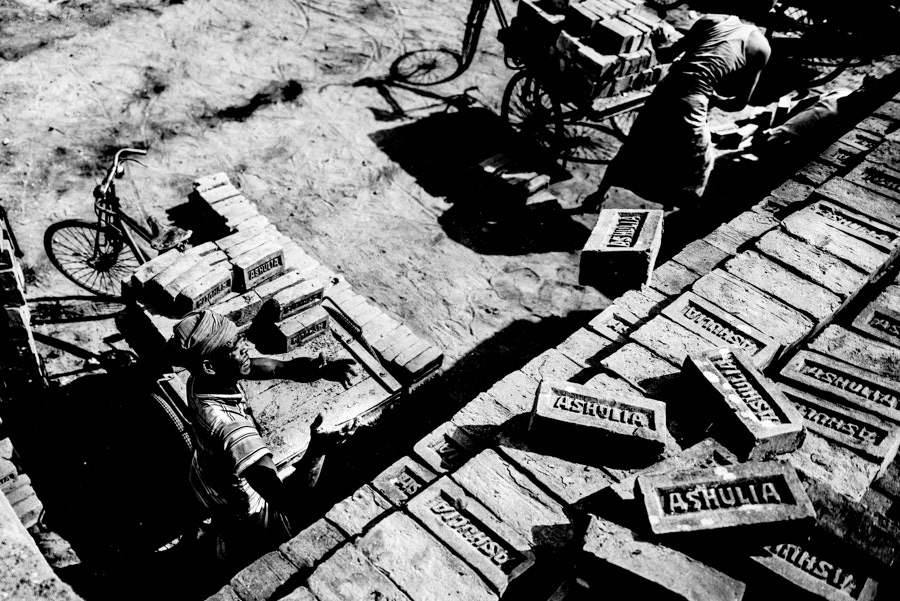


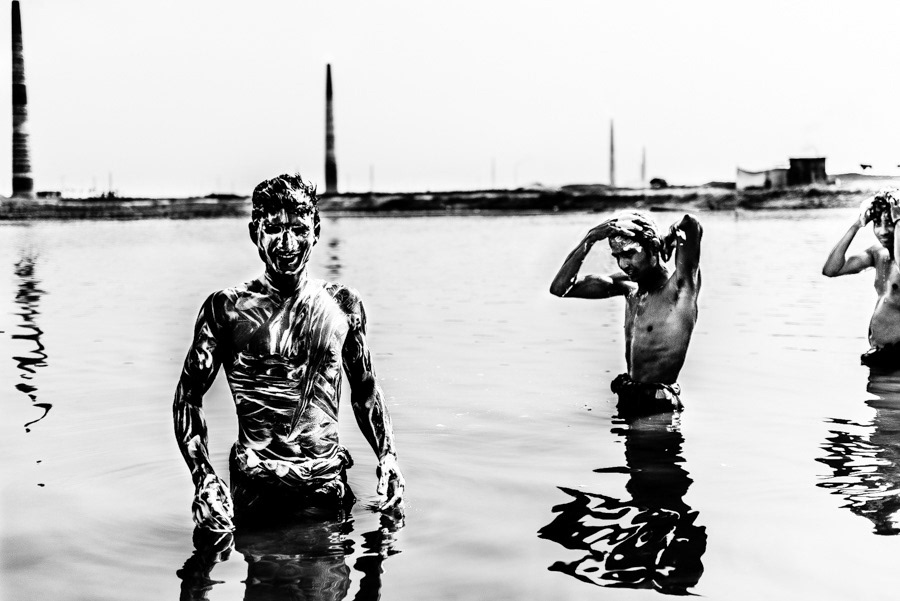

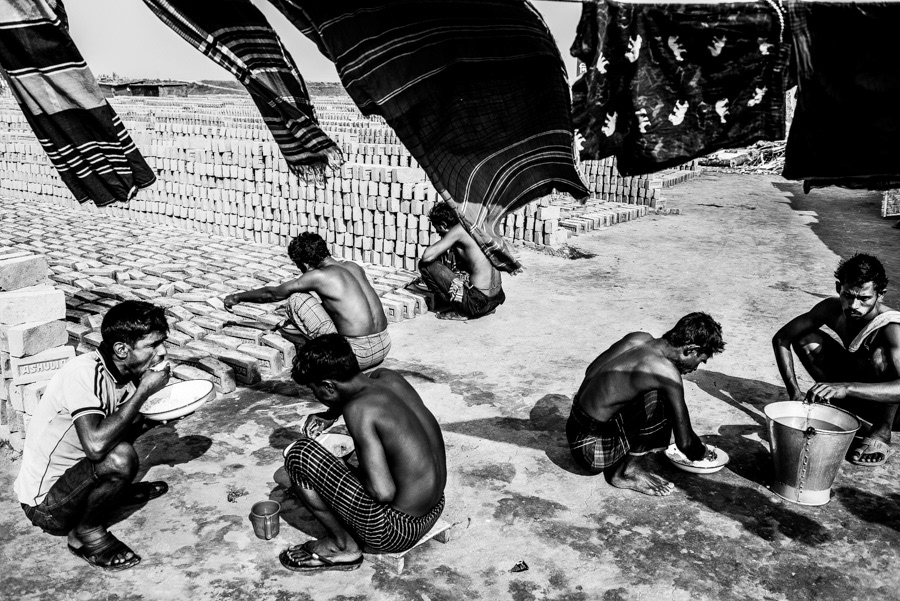

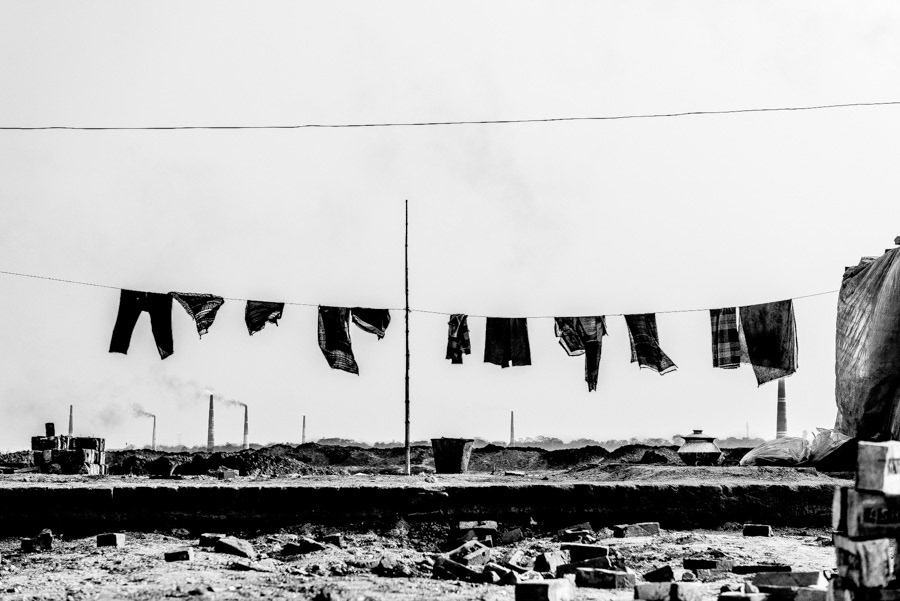

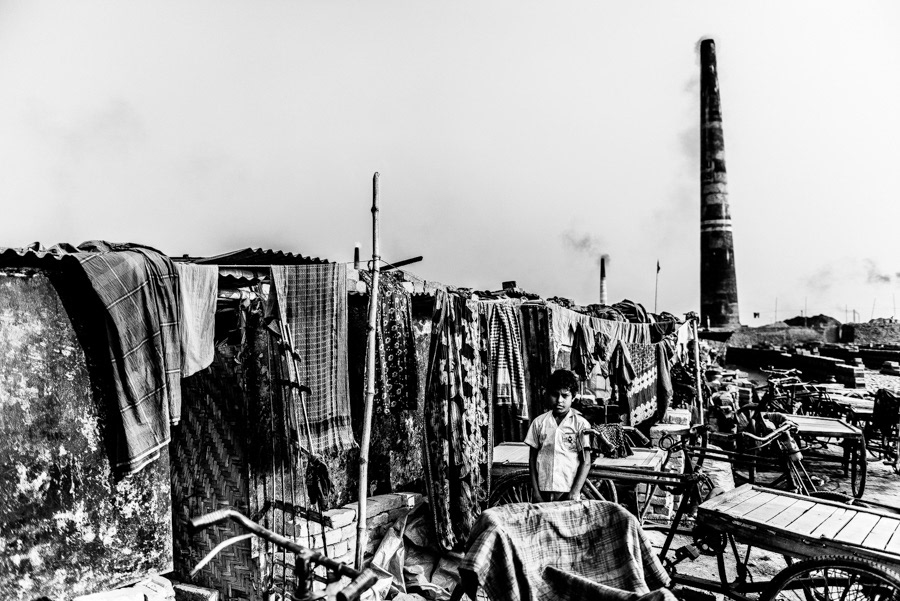
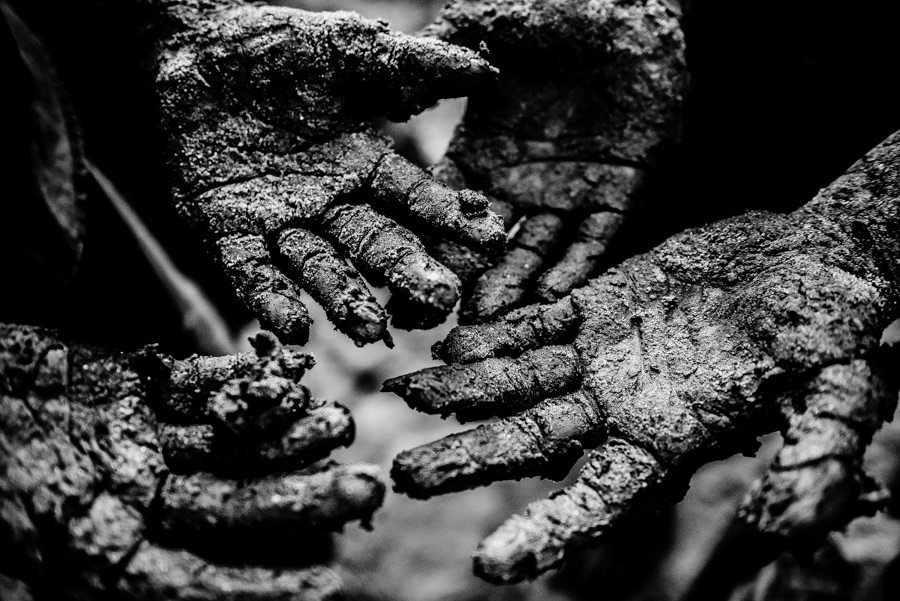
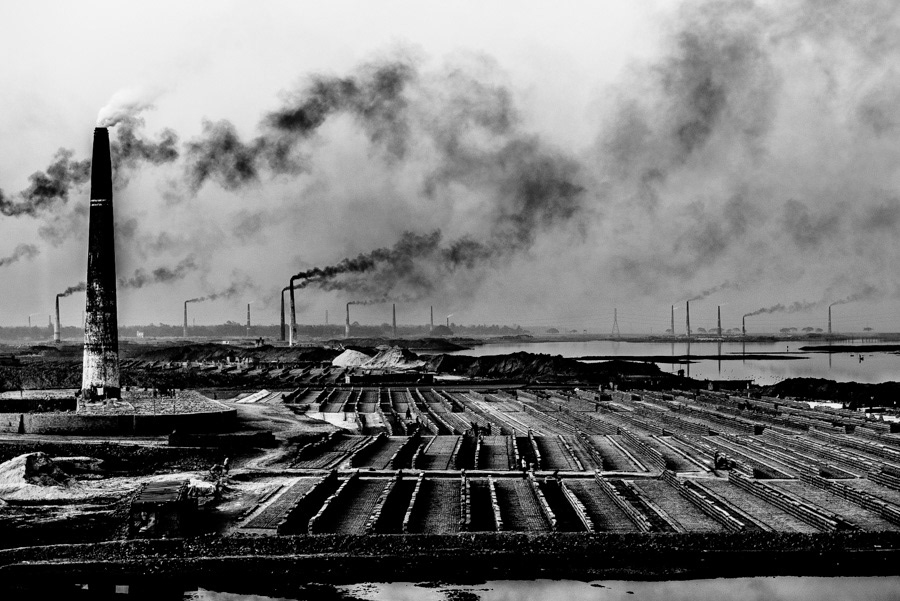
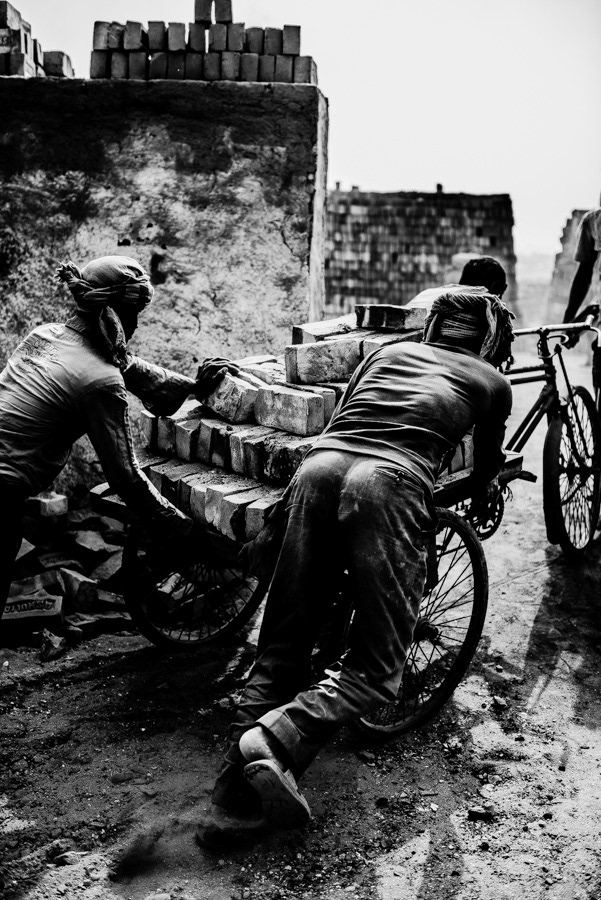
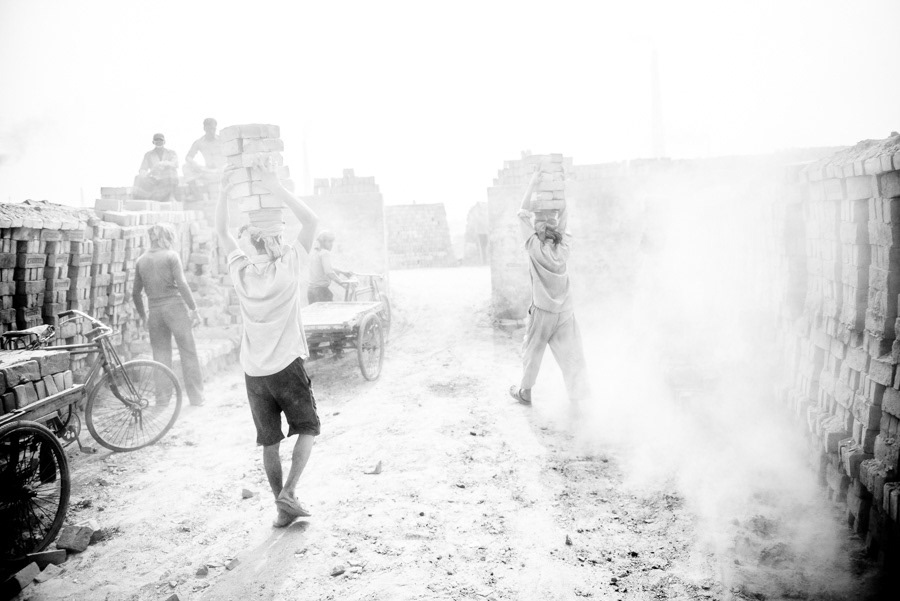
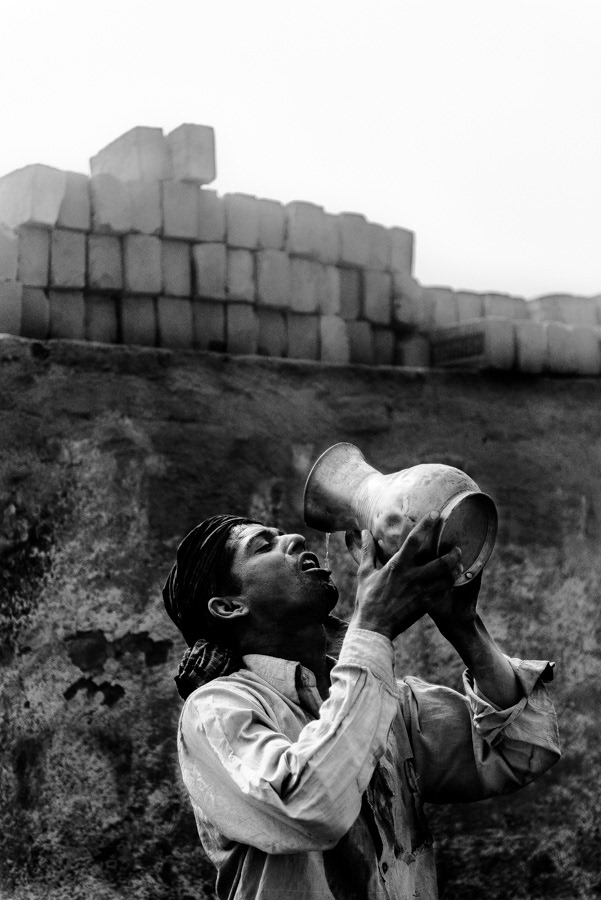
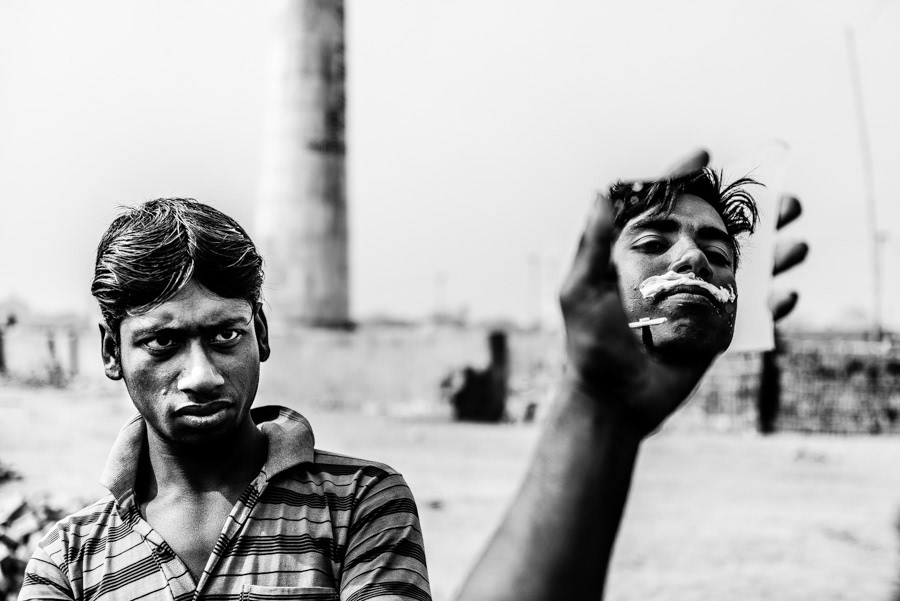
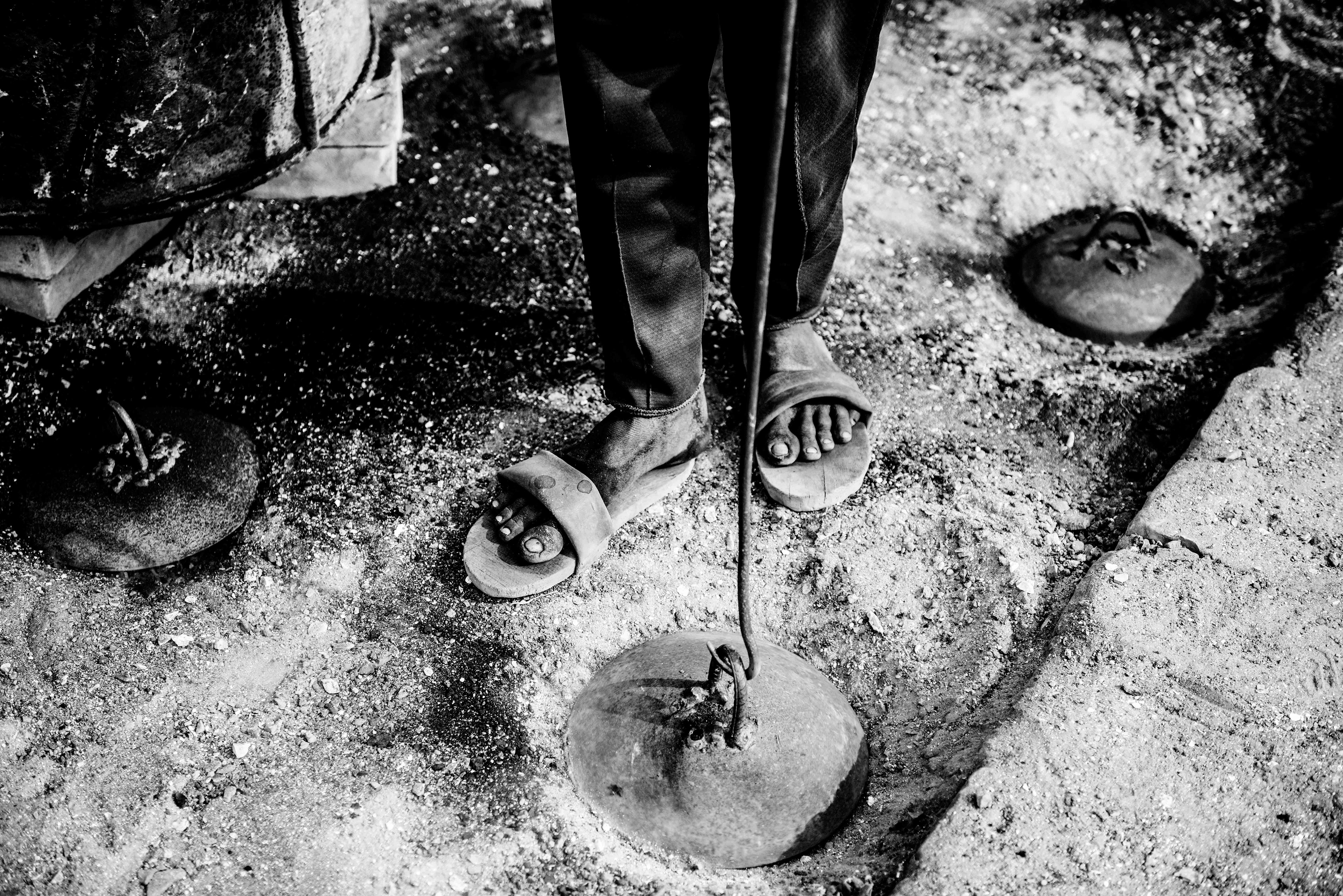
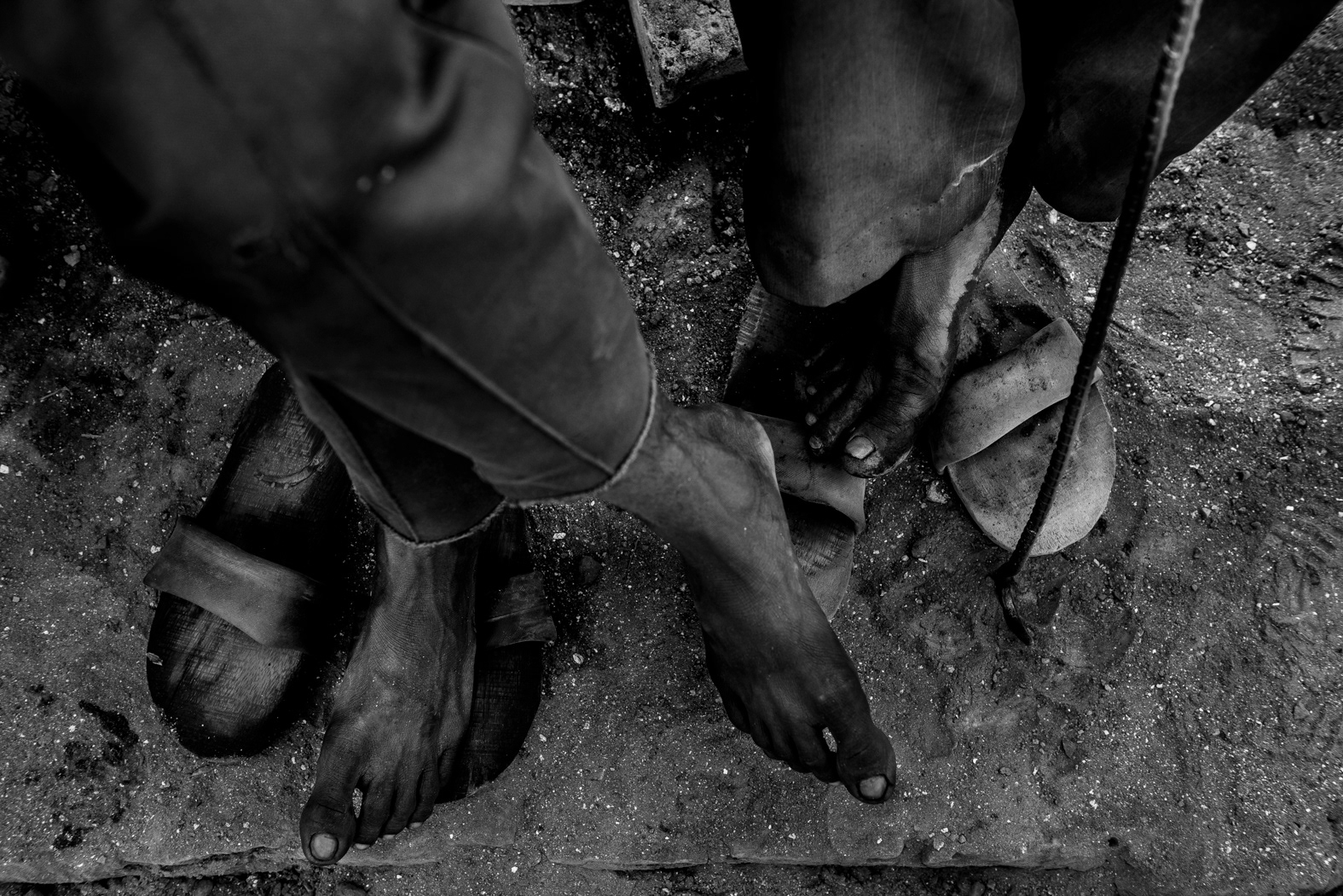
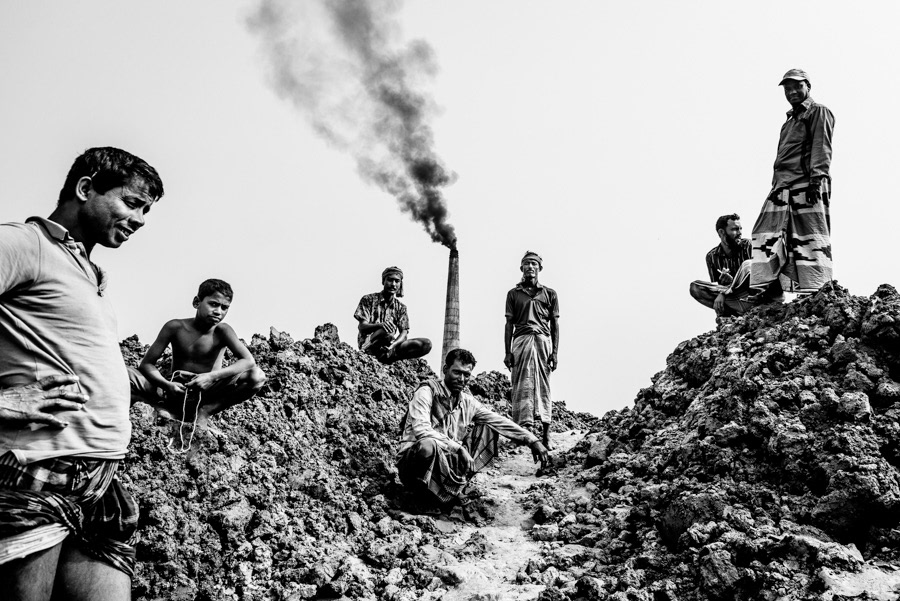
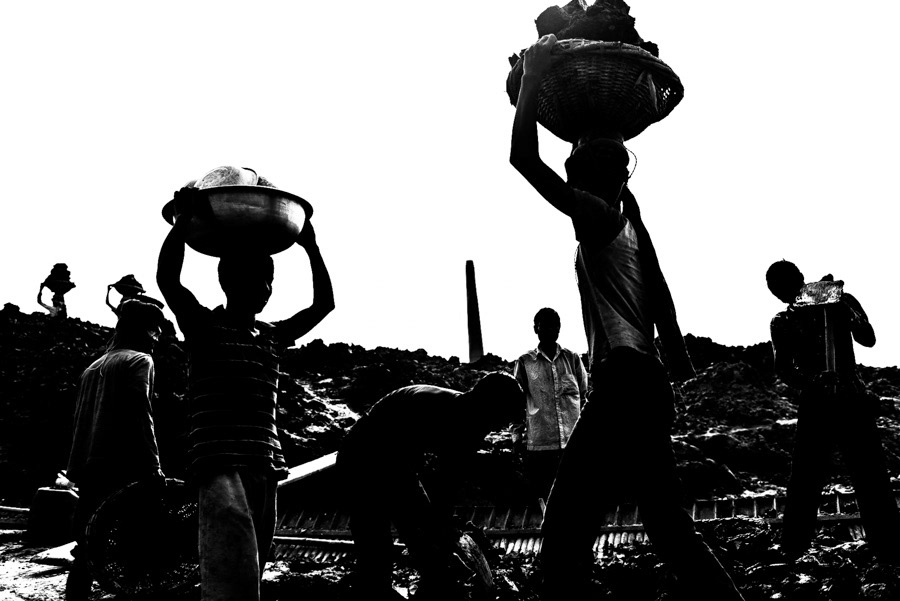

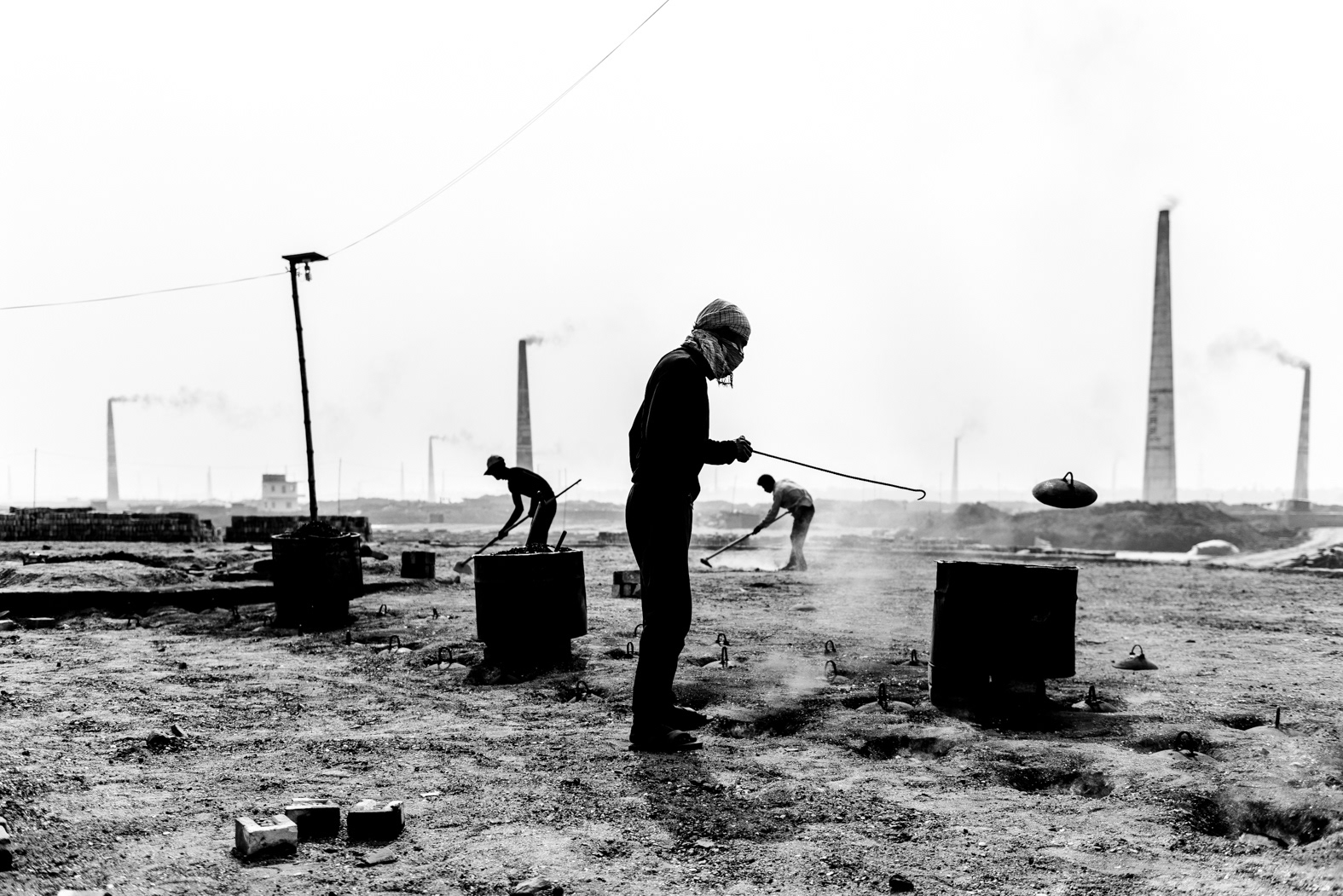


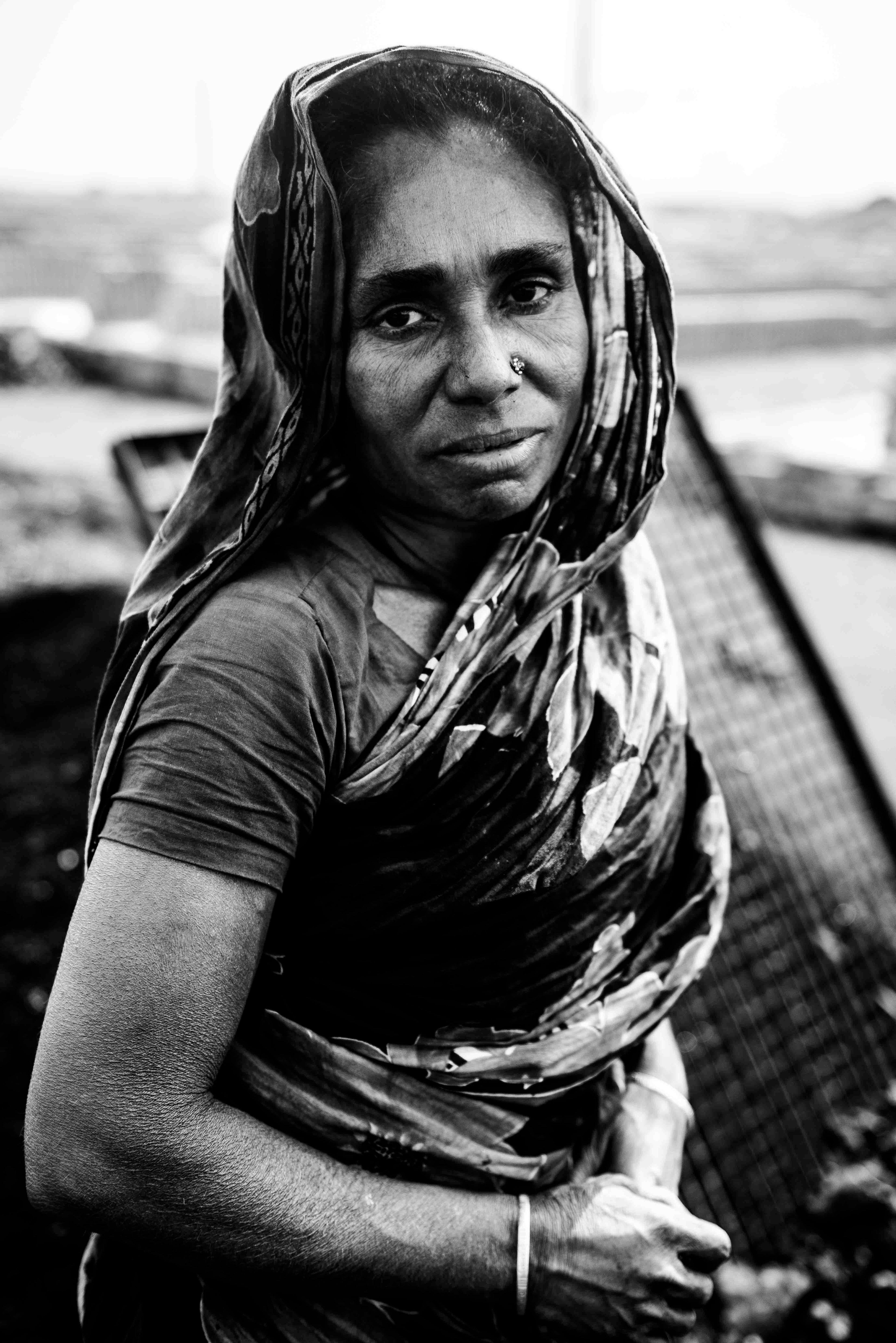

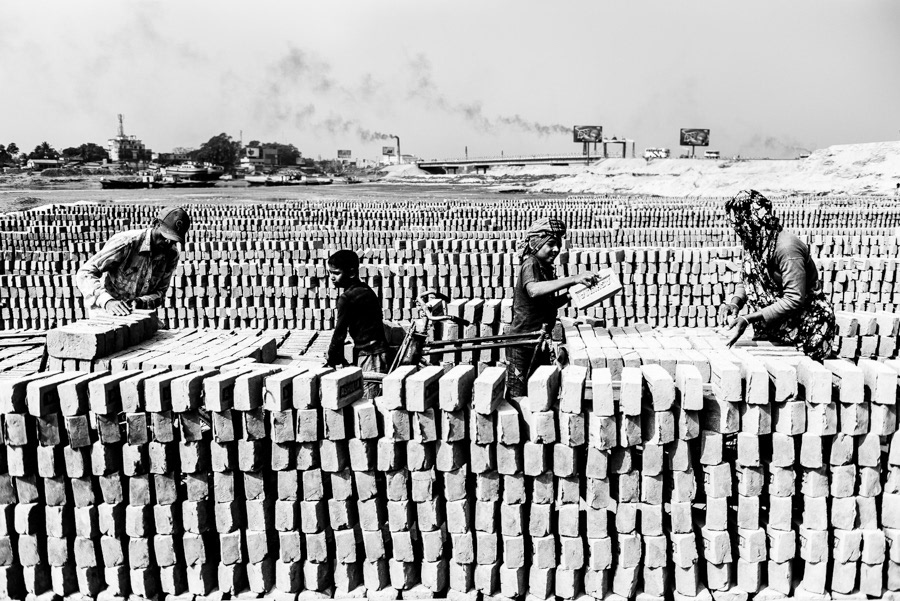
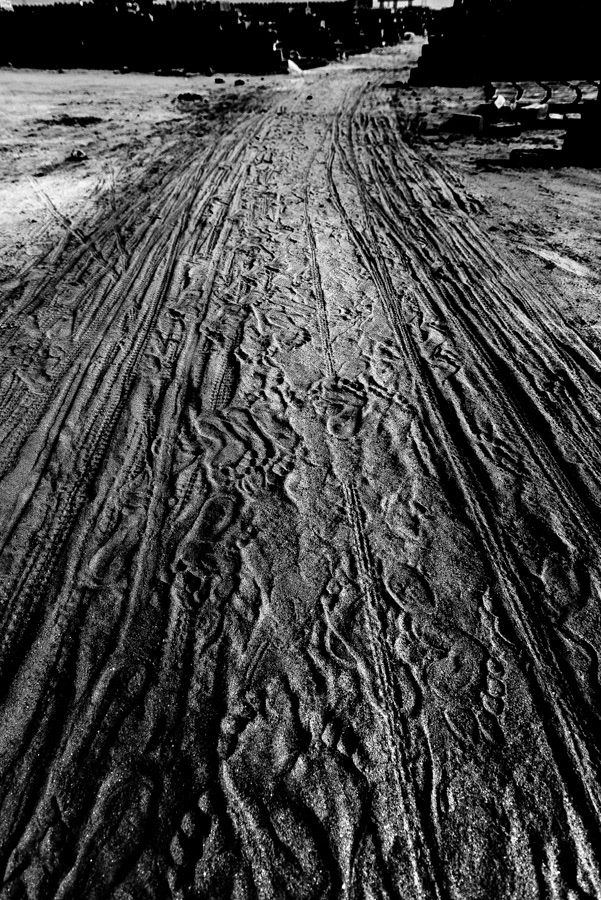
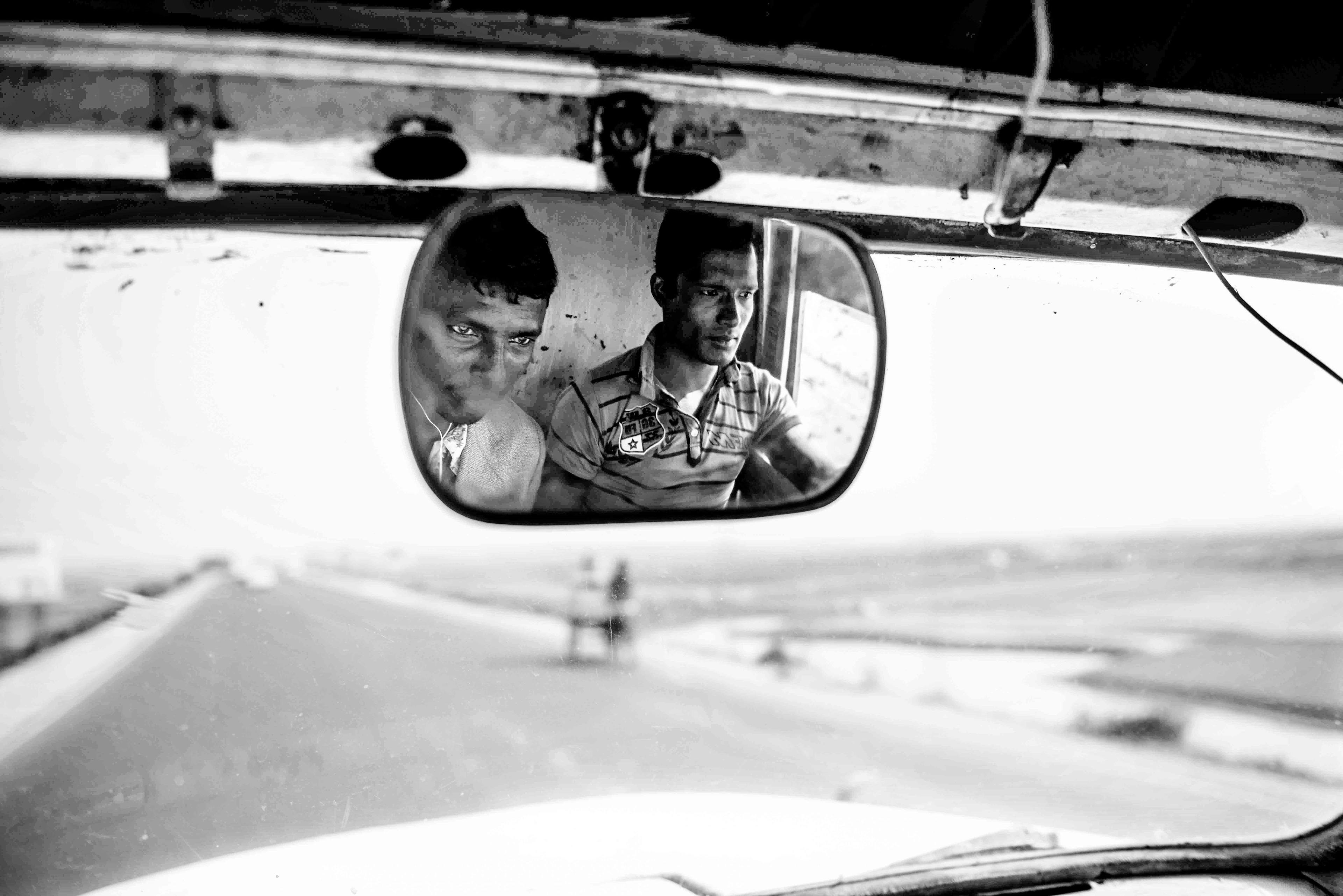
My parents have been running a small Chinese restaurant for over 30 years now.
My father shakes the wok while struggling against the fire, and my mother busily moves around while behaving cheerfully to the customers. I grew up watching them at work from a very young age.
Now, several decades later, I travel to Bangladesh and India to take photographs of manual laborers working in shipyards, textile factories, ironworks, and other workplaces.
One of them is the workers at a brick factory in Bangladesh, which I photographed at the end of 2012.
The country is experiencing rapid economic development and has been experiencing a construction boom in the past few years as more and more people are moving from the countryside to the capital, Dhaka.
As a result, brick factories have been operating at full capacity to supply fired bricks as construction materials.
The brick factory is located in the "Ashulia" district on the outskirts of Dhaka, where seasonal workers live and work on site during the operation period, except during the rainy season.
It's hard to believe, but no heavy machinery is used in the manufacturing process, and all work is done by hand.
For those of us living in Japan in the 21st century, this is a prehistoric scene.
However, the sight of people building bricks while overworking their own bodies is the fundamental form of "labor" itself.
At the same time, it brings out the joy and pain of labor more clearly.
The more I stare at them through the viewfinder, the more the question of "what is work" swirls in my mind.
"It's all about working for your family.
A man covered in brick dust smiled as he said this quietly.
The expression on his face reminded me of my parents after a long day's work.
My father shakes the wok while struggling against the fire, and my mother busily moves around while behaving cheerfully to the customers. I grew up watching them at work from a very young age.
Now, several decades later, I travel to Bangladesh and India to take photographs of manual laborers working in shipyards, textile factories, ironworks, and other workplaces.
One of them is the workers at a brick factory in Bangladesh, which I photographed at the end of 2012.
The country is experiencing rapid economic development and has been experiencing a construction boom in the past few years as more and more people are moving from the countryside to the capital, Dhaka.
As a result, brick factories have been operating at full capacity to supply fired bricks as construction materials.
The brick factory is located in the "Ashulia" district on the outskirts of Dhaka, where seasonal workers live and work on site during the operation period, except during the rainy season.
It's hard to believe, but no heavy machinery is used in the manufacturing process, and all work is done by hand.
For those of us living in Japan in the 21st century, this is a prehistoric scene.
However, the sight of people building bricks while overworking their own bodies is the fundamental form of "labor" itself.
At the same time, it brings out the joy and pain of labor more clearly.
The more I stare at them through the viewfinder, the more the question of "what is work" swirls in my mind.
"It's all about working for your family.
A man covered in brick dust smiled as he said this quietly.
The expression on his face reminded me of my parents after a long day's work.

